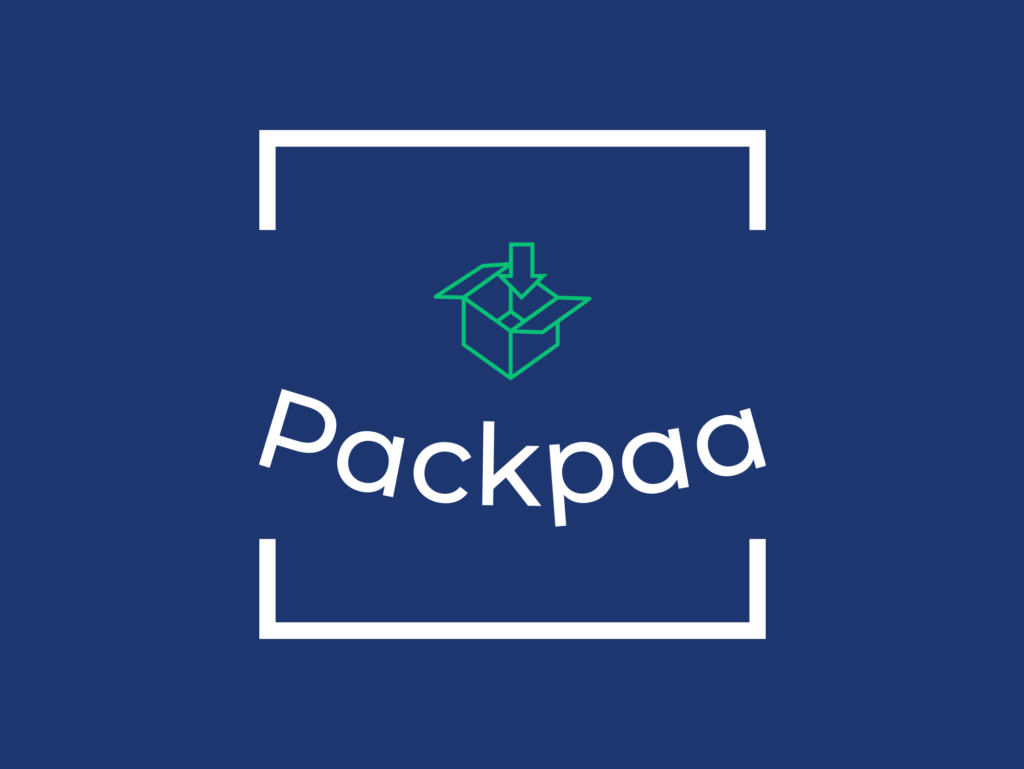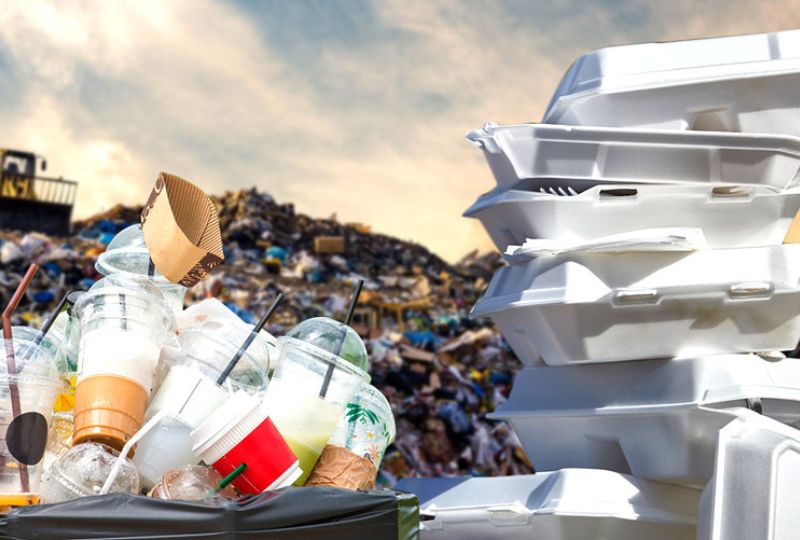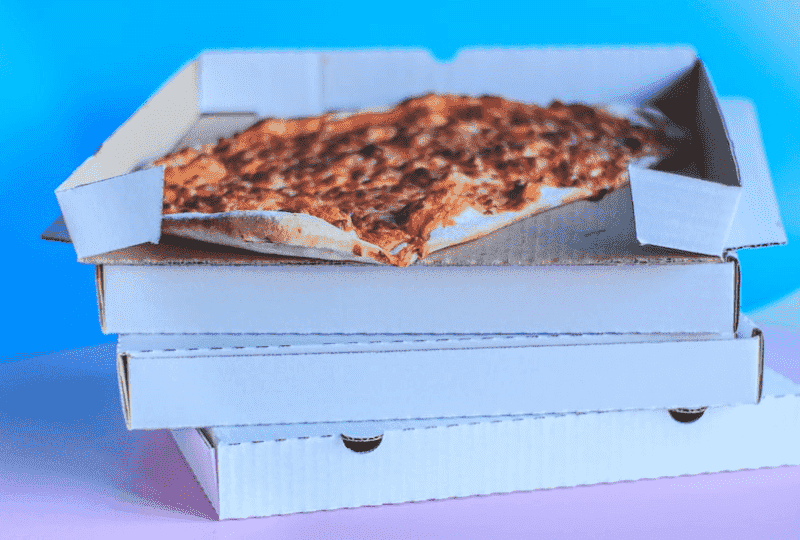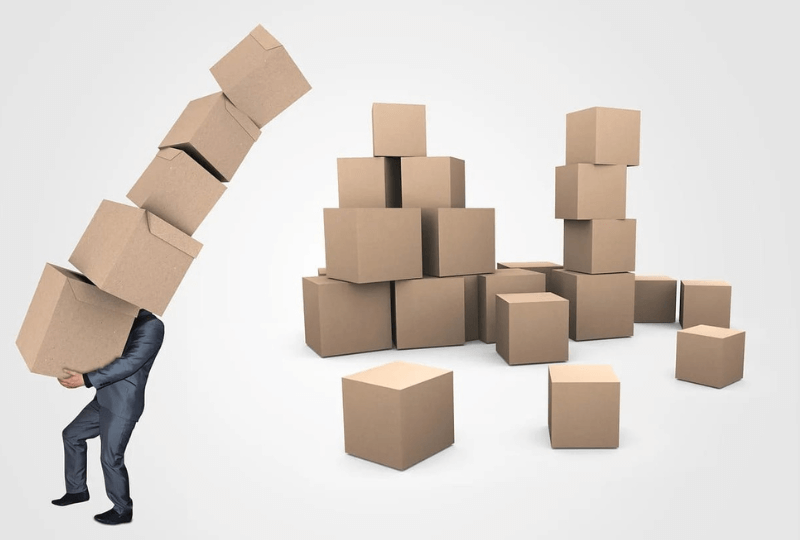In our busy world, comfort items often come in a lot of packaging, which creates a lot of waste. Getting rid of food packaging trash is an important part of living a sustainable life because it not only fills up landfills but also hurts wildlife and the environment. By making small changes to the things we do and the choices that we make, we can have a big effect on the planet. Based on ideas from all over the world, this guide gives you useful ways to reduce food packaging waste and support sustainability.
Table of Contents
ToggleUnderstanding the Impact of Food Packaging Waste
Before we explore solutions, let’s grasp the magnitude of the issue. Food packaging waste includes various materials like plastic, paper, aluminum, and glass. Environmental agencies highlight its significant contribution to municipal solid waste, causing pollution and greenhouse gas emissions.
Top 10 Tips To Reduce Food Packaging Waste
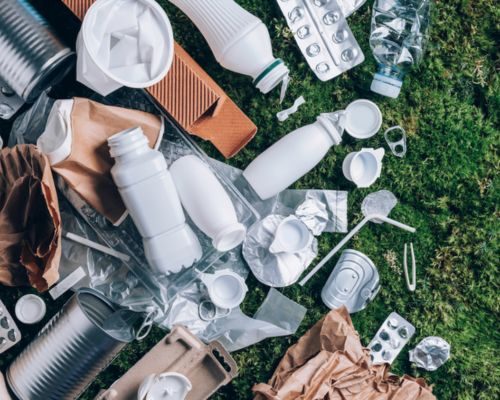
Here are some straightforward tips gathered from various global sources to help you reduce food packaging waste:
- Grow Your Own Food
- Cook at Home or Dine-In
- Opt for Reusable Packaging
- Plan Your Meals
- Choose Products with Minimal Packaging
- Say No to Single-Use Plastics
- Ban the Bottle
- Support Recyclable Packaging
- Buy Recycled Products
- Recycle Properly
1. Grow Your Own Food:
Cultivate fruits, vegetables, and herbs to reduce reliance on store-bought produce, often excessively packaged.
2. Cook at Home or Dine-In:
Opt for home-cooked meals whenever possible or choose restaurants that allow you to bring your containers or offer dine-in options, avoiding single-use packaging. You can also see Why Eco- Friendly Packaging is Better for the Environment than Traditional?
3. Opt for Reusable Packaging:
Invest in reusable containers, bags, and wraps for storing and transporting food, reducing the need for disposable packaging.
4. Plan Your Meals:
Create a shopping list before heading to the store to buy only what you need, minimizing unnecessary packaging and food waste.
5. Choose Products with Minimal Packaging:
Look for items with minimal or no packaging, and consider purchasing from bulk bins where packaging can be avoided.
6. Say No to Single-Use Plastics:
Refuse single-use plastic items like straws and bags, opting for reusable alternatives instead.
7. Ban the Bottle:
Switch to a refillable water bottle instead of purchasing single-use bottled water to reduce plastic waste.
8. Support Recyclable Packaging:
Choose products packaged in materials that are easily recyclable to minimize waste.
9. Buy Recycled Products:
Support products made from recycled materials, promoting a circular economy and reducing the demand for new resources.
10. Recycle Properly:
Sort and recycle packaging materials correctly to divert waste from landfills and conserve resources.
Embrace Bulk Buying and Refillable Containers
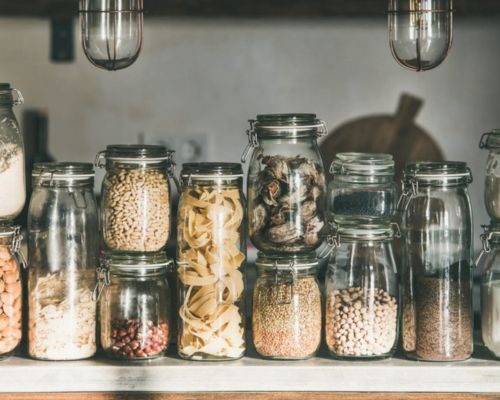
One highly effective way to reduce food packaging waste is by embracing bulk buying and refillable containers. Many stores worldwide offer bulk bins where items can be purchased without packaging. By bringing your reusable containers or bags, you can avoid single-use packaging entirely. Additionally, some stores allow customers to refill containers with common household products, further minimizing packaging waste.
Choose Products with Minimal Packaging
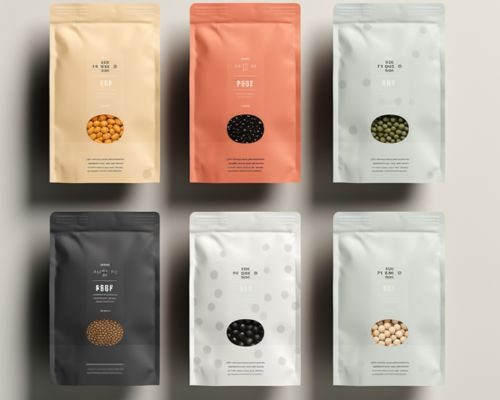
When shopping, opt for items with minimal packaging whenever possible. Choose loose fruits and vegetables over pre-packaged options and prefer products packaged in recyclable or compostable materials. By supporting brands that prioritize sustainable packaging practices, consumers can drive positive change within the industry.
Support Local and Sustainable Brands
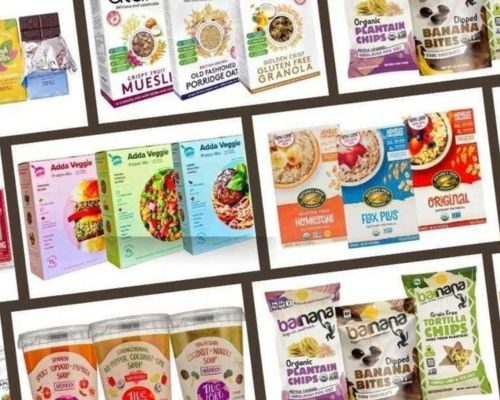
Supporting local producers and sustainable brands can also contribute to reducing food packaging waste. Visit local farmers’ markets for fresh produce with minimal packaging and seek out brands committed to sustainability in their packaging practices. You may also like to read Frustration-Free vs Standard Packaging – Which is better?
Opt for Reusable Alternatives
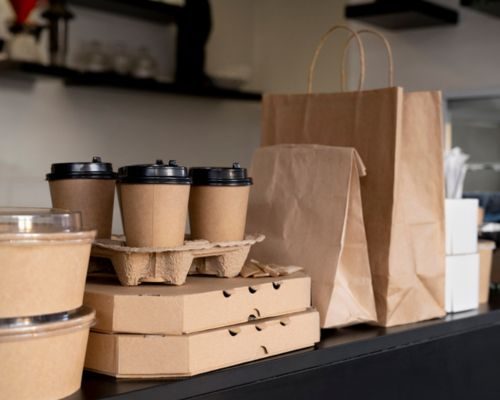
Incorporate reusable alternatives into your daily routine to further minimize waste. Invest in reusable bags, containers, and water bottles, and bring your reusable utensils and containers when dining out or ordering takeout.
Compost Organic Waste
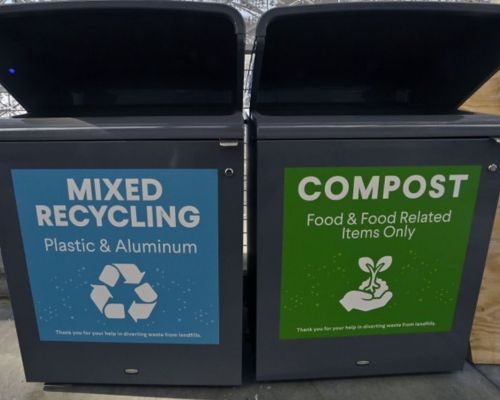
Composting organic waste instead of throwing it away not only diverts waste from landfills but also produces nutrient-rich soil for gardening. Many communities offer composting programs, making it easier for residents to participate in this sustainable practice.
Spread Awareness and Advocate for Change
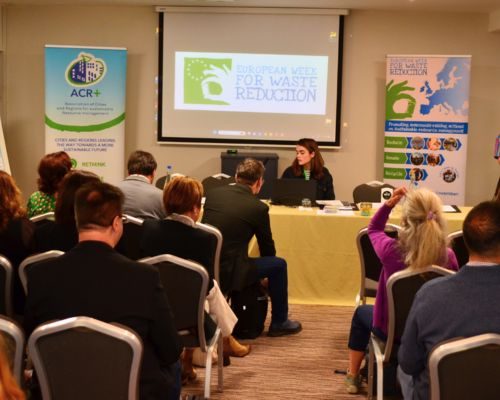
Educate others about the environmental impact of excessive packaging and advocate for policies and initiatives aimed at reducing packaging waste. Together, we can work towards a more sustainable future where waste is minimized, resources are conserved, and ecosystems thrive.
Conclusion
Reducing food packaging waste requires collective action, including individual efforts, industry innovation, and policy support. By incorporating simple changes into our daily lives, supporting sustainable brands, and advocating for systemic change, we can all contribute to a healthier planet. Let’s collaborate to minimize our environmental footprint and create a more sustainable world for future generations.
Read Our Latest Guide:
FAQs:
Use reusable containers or opt for packaging made from biodegradable materials.
Choose recyclable or compostable packaging materials and minimize single-use plastics.
Prioritize lightweight packaging, promote eco-friendly alternatives, and encourage consumers to recycle.
Implement bulk shopping, offer package-free options, and support refill stations for products.
Utilize packaging as a platform for educating consumers about recycling, proper disposal, and eco-friendly practices.

Meet Mary K, the talented author behind PackPaa. With a passion for innovative packaging solutions, Mary shares insights and expertise to elevate your business.













